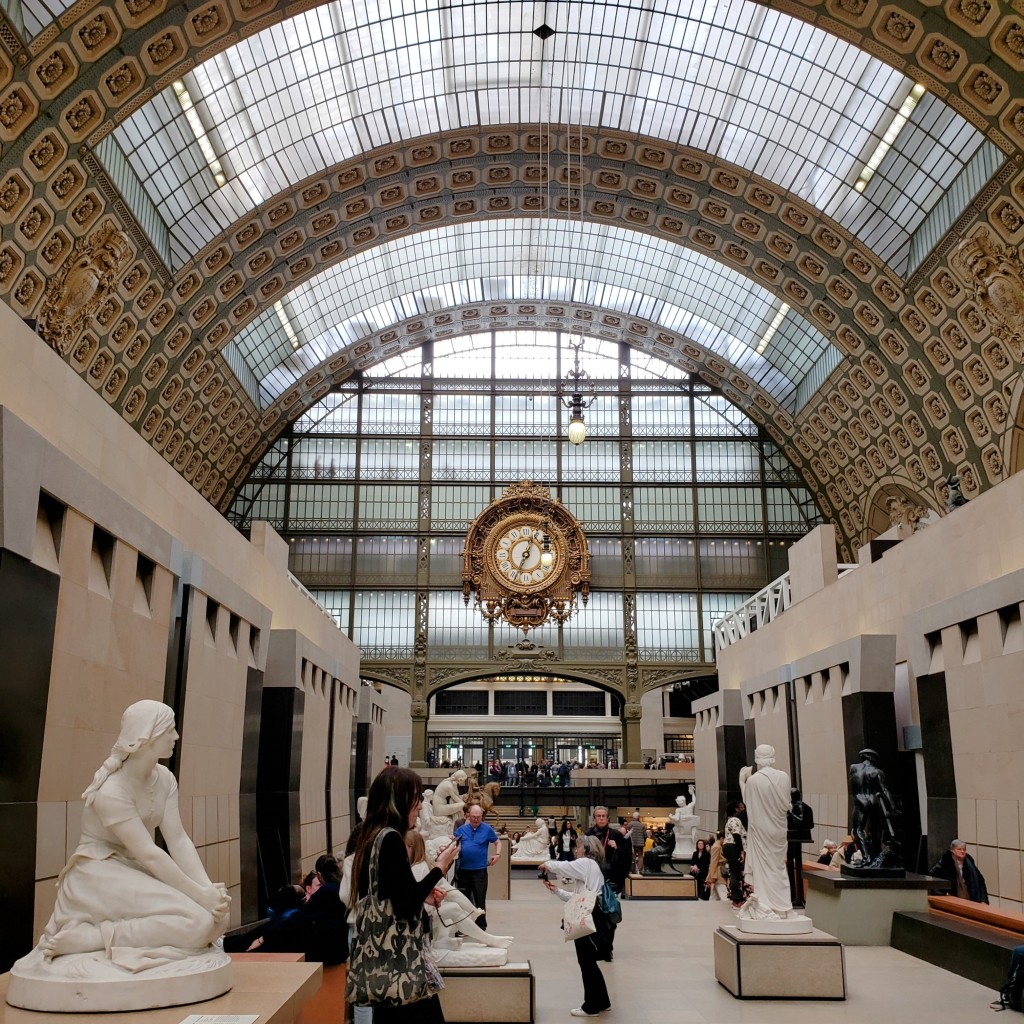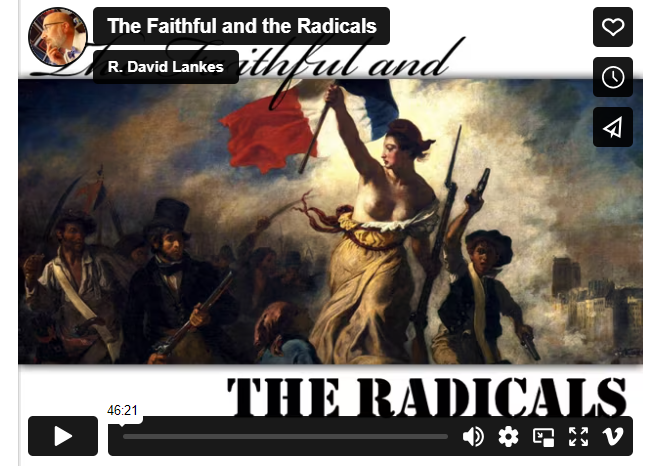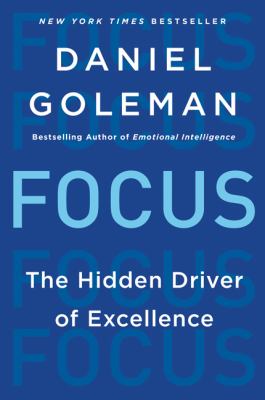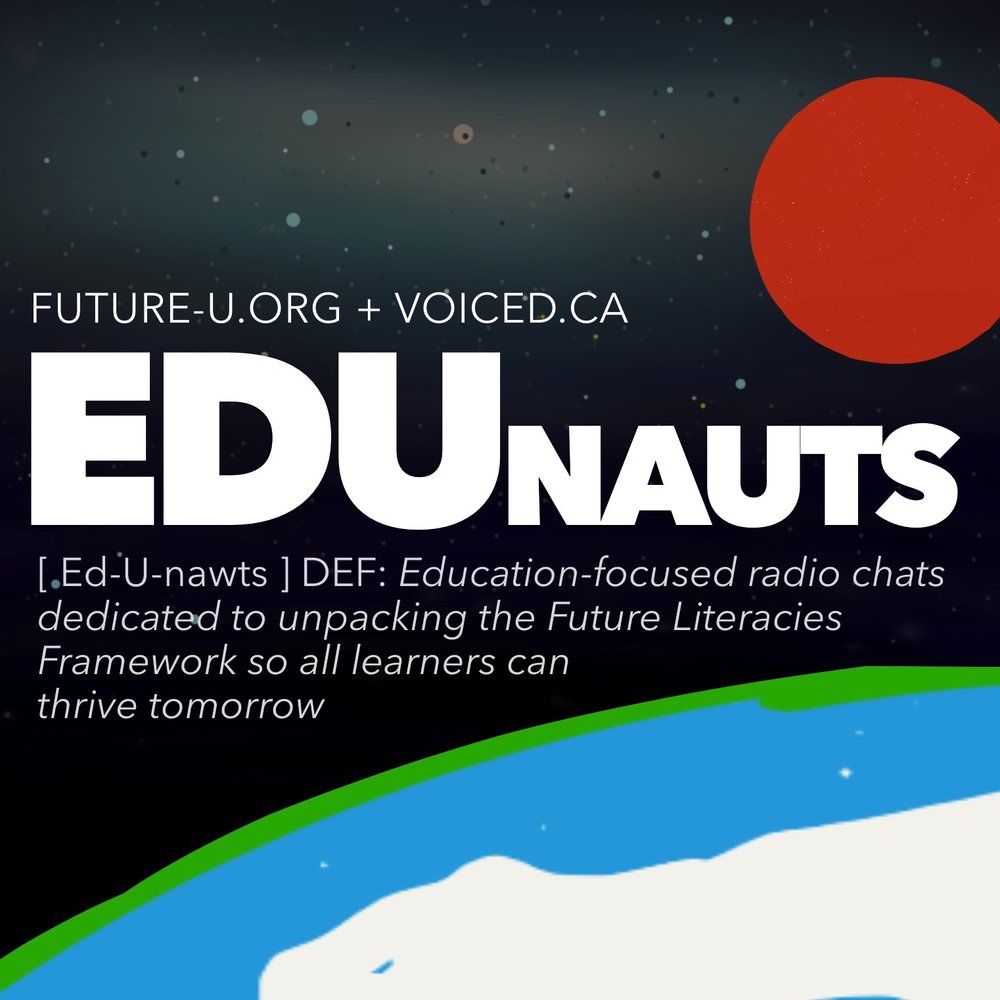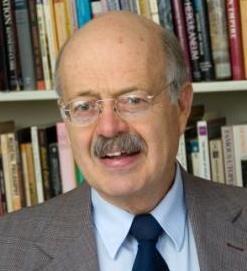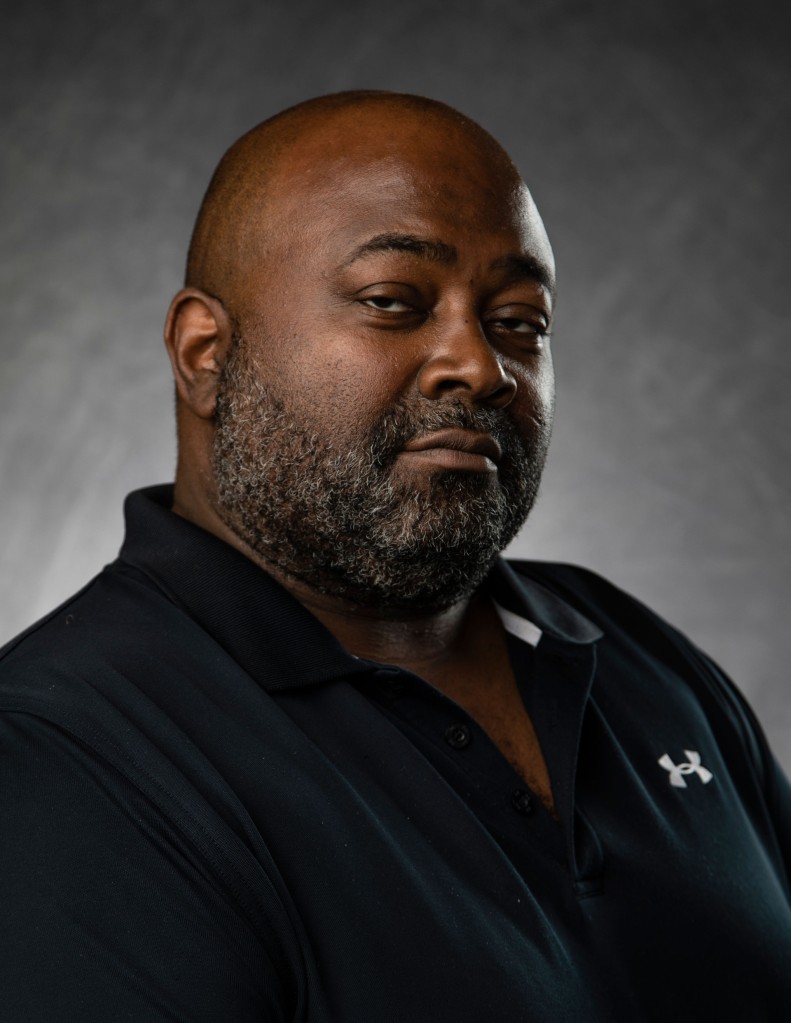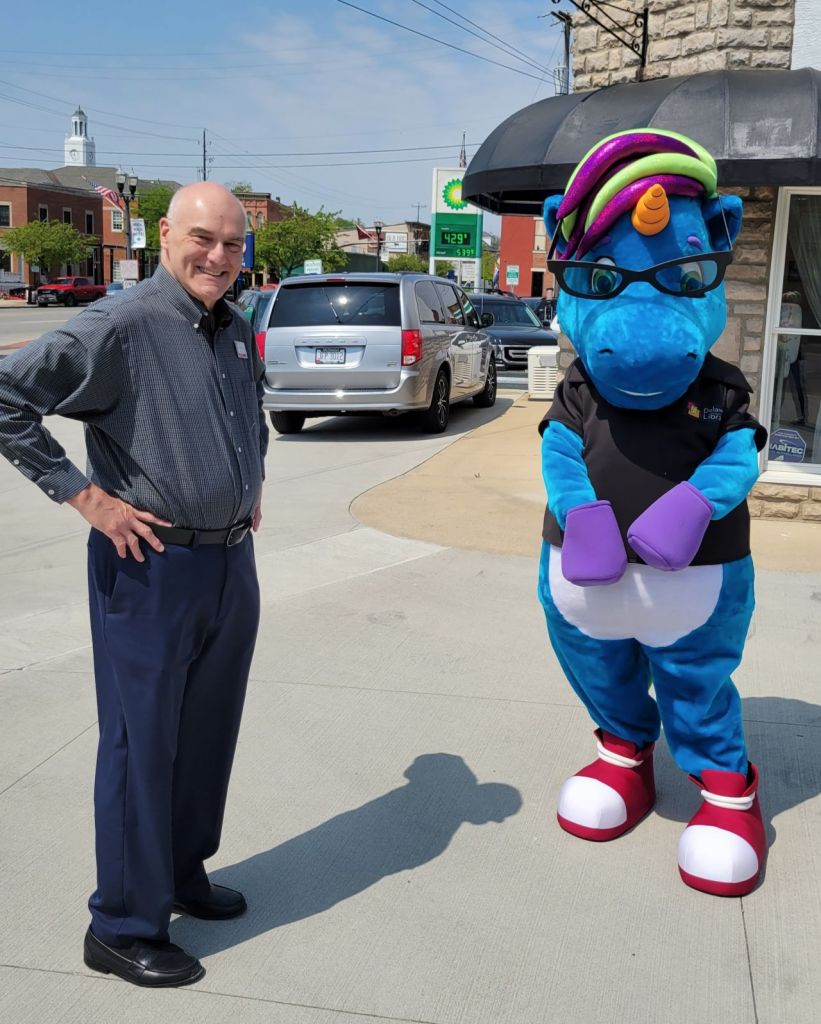Learning anything in a formal classroom often runs the risk of engaging in learning removed from its context. While building foundations and creating frameworks, it can also be overly academic. Somewhat stultifying. Sort of like looking at a dessert you love without allowing yourself to take a bite, savor the taste, enjoy the fragrance, and relish its textures during the instant it first danced upon your tongue. Or gazing at a set of cliffs without being aware of the wind on your face or the smell of ocean spray caressing your nostrils. Or watching a sunset without feeling the air around you suddenly turn chill as day melts into dusk melts into nights that lead to sunrises and other sunsets.
I think of the hours I have willingly spent in formal language courses, or working with fantastically creative and supportive private tutors, or poring over grammar books, or struggling with literature and nonfiction in the languages I’m studying, or absorbing the vocabulary and rhythms of that language by watching television programs, viewing videos online, or listening to a radio. All useful. All productive at a certain level, as far as they go.
But it all comes back to life for me, meaningfully and enjoyably, as I am visiting wonderful art exhibitions in uncomfortably crowded museums here in Paris. Listening to the conversations all around me in French and other languages as they cajole and embrace me. Struggling to read the labels and pamphlets that introduce me to the content and provide useful information—which I can use immediately to add to my appreciation of all that in this moment surrounds and entices me—about the work into which I willingly am diving.
You could make me sit at a desk all day, drilling vocabulary into me and making me repeat it until I replicate it mechanically, without feeling, without understanding it essentially. But I can assure you I’m not going to feel and viscerally understand that a falaise is the French word for what I know in English to be a “cliff” until I’m standing here (in Paris, in an exhibition in l’Orangerie) in front of a magnificent Impressionist painting of a young woman stretched out on the ground at the seaside and gazing toward a falaise. Or, a couple of days later, strolling through the galleries of the Impressionist museum near Monet’s house and gardens in Giverny and finding myself in a gallery with paintings united under the theme of falaise. I know, when I return to California, I will once again be captivated by cliffs that line the coast north and south of San Francisco, but I also know that when I see them and briefly connect them to the word falaise, it will be the French settings that come to mind as opposed to all the cliffs in Pacifica, Big Sur, and Point Reyes that come to mind when I use that English-language word.
In the same way, when I see paintings grouped within a gallery under the theme of coucher de soleil (sunset), I begin to see and think about what the French term suggests intrinsically: putting the sun to bed, or the sun going to sleep. The vocabulary is no longer a set of tools mechanically to be employed, forgotten many times and then relearned until it is anchored into memory. It is an extension of the art, a connection to the world as it is perceived by those who use French rather than English to think about and describe their world. It is art reflecting and describing life, life reflecting and describing art, and learning as an essential act of living/breathing/embracing all that is around us.
This does not mean in any way that formal classrooms—onsite as well as online—no longer have a place in my world; they are, in fact, a part of my daily life and my ability to earn a living. But what it does remind me of is what is at the center of all I try to bring to those learning opportunities I provide: immersing my co-conspirators in learning—aka, my students—in situations that immediately connect the lessons learned to the world into which they will carry and apply those lessons. It reminds me—and the colleagues with whom I so often explore the ways we approach training-teaching-learning—that learning comes to life and becomes meaningful when we stop treating it as something that pulls us away from work or our day-to-day existence long enough to engage in it before we return to work or our day-to-day existence. When we carry the falaise and the coucher de soleil back into our workplaces and our daily existence, we acknowledge we have somehow been transformed. Have somehow connected learning, life, and yes, even art into all that we do. And in that act of connecting learning to our daily experiences and our daily experiences to learning, we work together to create a better, more compelling and stimulating playful world, a world so enticing that the concept of being bored no longer has a place in it.
NB: This is the fourth in a series of reflections on traveling and learning in Paris.





 Posted by paulsignorelli
Posted by paulsignorelli 